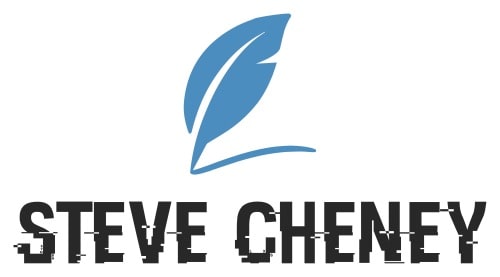The world of photo editing can seem shrouded in mystery. Professional editors turn ordinary photos into captivating masterpieces, but how do they achieve those stunning results? The answer is not only in the experience but in the power of the right editing tools.
Today, we’ll unveil the secrets editors use and explore some of the top photo editing tools, from industry-standard software to hidden gems.
Adobe Photoshop: The Industry Powerhouse
The conversation about photo editors is complete, with the mention of Adobe Photoshop. For decades, Photoshop has been the go-to software for professional editors. It has a number of features, such as:
- Precise Adjustments: Refine exposure, contrast, white balance, and color with pinpoint accuracy.
- Advanced Retouching: Remove blemishes, and smooth wrinkles, and achieve flawless skin with powerful retouching tools.
- Selective Editing: Make edits to certain areas of your photo for a more nuanced edit.
- Creative Compositing: Combine multiple images to create fantastical scenes or surreal edits.
Adobe Lightroom: The Non-Destructive Editing Champion
Lightroom is another weapon in the Adobe arsenal, but it uses a different approach. Lightroom lets you edit your photos without ever changing the originals. This means you can try out different edits and adjustments as much as you want, knowing you can always go back to the perfect starting point. Lightroom is ideal for photographers who want to:
- Manage Large Photo Libraries: Organize and catalog photos with ease, streamlining the editing workflow.
- Batch Editing: Apply edits to multiple photos at once, saving valuable time.
- Presets and Profiles: Achieve a consistent look with one-click presets or create custom profiles for a signature style.
- HDR Editing: Create stunning high-dynamic-range images that capture a wider range of tones.
Lightroom is a powerful tool for photographers, but its focus on workflow and organization might not be ideal for all types of editing.
Skylum Luminar Neo: The AI-Powered Upstart
Luminar Neo is a rising star in the photo editing world. This software leverages artificial intelligence (AI) to automate many editing tasks, making it accessible to both beginners and experienced users. Some of Luminar Neo’s highlights include:
- AI-Powered Enhancements: AI analyzes your photo and suggests edits for improved exposure, color, and detail.
- Layer-Free Editing: Luminar Neo uses non-destructive editing with a unique layerless workflow, simplifying the process.
- Creative Looks: Achieve a variety of artistic effects with one-click presets or explore advanced tools for precise adjustments.
- Portrait Tools: Benefit from AI-powered portrait editing tools for flawless skin tones, eye enhancements, and more.
While AI is a powerful asset, some users might miss the granular control offered by traditional editing software.
GIMP: The Free and Open-Source Powerhouse
GIMP (GNU Image Manipulation Program) is a free and open-source alternative to professional editing software. It boasts a surprisingly robust set of features, including:
- Advanced Tools: GIMP offers tools for layering, masking, selection, and manipulation, rivaling paid software.
- Customization: GIMP is highly customizable with plugins and extensions that expand its functionality.
- Open-Source Community: Benefit from a large and active community that provides tutorials, resources, and support.
GIMP offers exceptional value for free, but its interface can be challenging for beginners, and learning resources might not be as readily available compared to paid options.
Adobe Express: The Mobile Marvel
Not everyone needs a full-fledged editing suite. For quick edits and social media needs, Adobe Express (formerly Adobe Spark) is a fantastic mobile option. Here’s what makes it stand out:
- Simple and Intuitive: A user-friendly interface makes editing photos, adding text, and creating social media graphics a breeze.
- Templates and Presets: Jumpstart your creativity with a library of professionally designed templates and presets.
- On-the-Go Editing: Edit and enhance your photos from anywhere with the mobile app.
While perfect for social media and basic edits, Adobe Express lacks the advanced features needed for professional-level photo manipulation.
Choosing the Right Tool for You
The best editing tool depends on your needs and skill level. Consider these factors:
- Budget: Free options like GIMP are available, while professional software like Photoshop comes at a cost.
- Skill Level: Beginner-friendly tools like Luminar Neo and Adobe Express offer a gentle learning curve, while advanced users might prefer the extensive control of Photoshop.
- Editing Needs: For basic edits and social media, mobile apps like Adobe Express excel. Professional photographers might require the advanced features of Lightroom or Photoshop for complex adjustments.
The Final Takeaway
Photo editing is a journey of exploration and creativity. Experiment with different tools, hone your skills and don’t be afraid to break the rules. Remember, the best editing software is the one that empowers you to bring your vision to life and transform your photos into stunning masterpieces.








